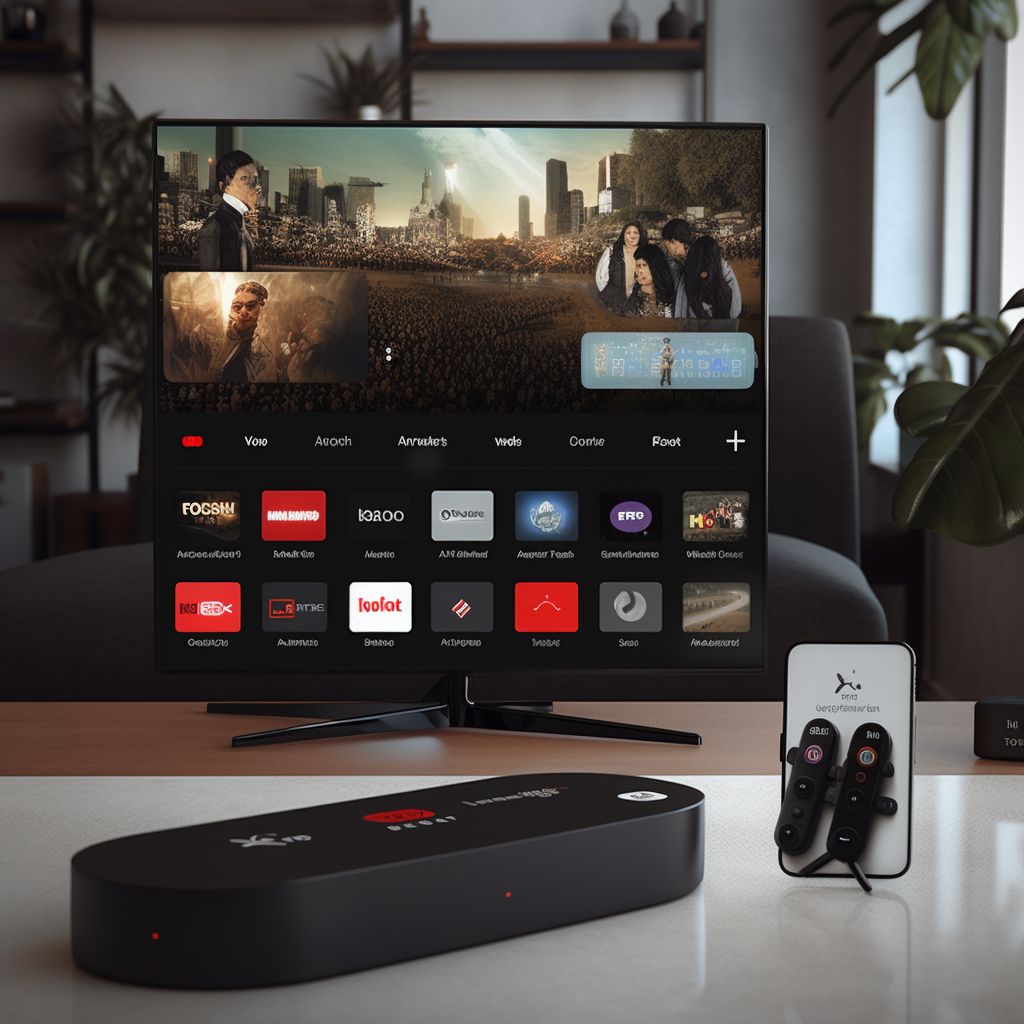The Ultimate Guide to Finding the best iptv box in 2024
Introduction
Did you know that over 78% of traditional cable subscribers are considering switching to alternative streaming solutions this year? As entertainment costs continue to rise, finding the best iptv box has become essential for viewers seeking affordable access to thousands of channels and on-demand content. The streaming landscape has transformed dramatically, with IPTV (Internet Protocol Television) technology emerging as a front-runner for cost-conscious consumers. But with hundreds of options flooding the market, how can you determine what is the best iptv solution for your specific needs? This comprehensive guide will help you navigate the complex world of IPTV boxes to make an informed decision.

Key Components of Premium IPTV Boxes
When selecting an IPTV box, understanding the essential components ensures you’ll make a worthwhile investment:
- Processor: Minimum quad-core processor (2GHz or higher) for smooth streaming
- RAM: At least 2GB, with 4GB recommended for optimal performance
- Storage: Minimum 8GB, expandable via USB or SD card
- Operating System: Android 10.0 or newer (for Android-based boxes)
- Internet Connectivity: Dual-band Wi-Fi (2.4GHz and 5GHz) and Ethernet port
- Video Output: HDMI 2.0 or higher with 4K support
- Bluetooth Capability: For connecting wireless keyboards and controllers
- USB Ports: Multiple ports for external storage and peripherals
Potential substitutions: Consider an IPTV-compatible smart TV or streaming stick if space is limited.
Timing
The average IPTV setup process takes approximately 15-30 minutes, depending on your technical proficiency. This includes:
- Box unboxing and connection: 5 minutes
- Initial setup and configuration: 10 minutes
- IPTV service subscription activation: 5-10 minutes
- Channel installation and organization: 5-15 minutes
For first-time users, allocating up to an hour ensures ample time to explore features without feeling rushed.
Step-by-Step Setup Instructions
Step 1: Evaluate Your Streaming Needs
Before purchasing, assess your viewing habits. Do you primarily watch sports? International content? Movies? Different IPTV boxes excel in different areas. Premium boxes like the Formuler Z10 Pro Max offer specialized sports interfaces, while Nvidia Shield provides superior gaming capabilities alongside IPTV functionality.
Step 2: Connect Your IPTV Box
Position your device near your TV and connect using the following sequence:
- Attach the HDMI cable between your box and television
- Connect the power adapter
- (Optional but recommended) Connect an Ethernet cable for stable streaming
- Power on both devices and select the appropriate HDMI input on your TV
Step 3: Complete Initial Configuration
Most modern IPTV boxes run on Android, requiring:
- Wi-Fi connection setup (if not using Ethernet)
- Google account login
- System updates installation
- Basic preferences configuration (language, time zone, etc.)
Pro tip: Create a dedicated Google account for your streaming services to keep recommendations relevant.
Step 4: Install IPTV Applications
Depending on your subscription service:
- Navigate to the Google Play Store
- Search for your provider’s recommended application
- Install and open the application
- Enter your subscription credentials (typically username and password)
Step 5: Optimize Your Experience
Enhance performance with these adjustments:
- Enable developer options and increase animation speeds
- Clear cache regularly through settings
- Configure video output settings to match your TV’s capabilities
- Create viewing profiles for different household members
Technical Specifications
Modern IPTV boxes deliver impressive specifications that directly impact your viewing experience:
- Resolution Support: 4K (3840×2160) with HDR10+ compatibility
- Network Performance: 100/1000M Ethernet and 802.11ac Wi-Fi
- Audio Capabilities: Dolby Digital Plus, DTS surround sound support
- Processor Performance: Benchmark scores averaging 145,000+ on AnTuTu
- Power Consumption: 5-15W during active streaming
Alternative Streaming Solutions
For those seeking different approaches to IPTV:
- All-in-one Smart TVs: Many newer models have built-in IPTV app support
- Multi-purpose Gaming Devices: Xbox and PlayStation can run certain IPTV applications
- Streaming Sticks: More portable but typically offer less processing power
- Mini PC Solutions: Provide maximum flexibility but require more technical knowledge
Each option presents different benefits regarding portability, power, and ease of use.
Subscription Service Considerations
The perfect IPTV box requires a compatible service:
- Look for providers offering channel packages aligned with your viewing preferences
- Verify buffer-free streaming with at least 25Mbps internet connection
- Confirm multi-device support if needed for household viewing
- Check EPG (Electronic Program Guide) quality for user-friendly navigation
- Assess customer support response times before committing
Common IPTV Box Issues to Avoid
Prevent these frequent problems:
- Overheating: Ensure proper ventilation around your device
- Buffering: Configure appropriate video quality settings for your internet speed
- Storage limitations: Regularly clear cache or add external storage
- Compatibility issues: Verify your subscription works with your specific box model
- Security vulnerabilities: Keep system and applications updated
Maintenance Tips
Maximize longevity and performance:
- Perform monthly system updates to patch security vulnerabilities
- Clear application cache weekly to prevent sluggish performance
- Restart your device weekly to refresh system resources
- Keep external storage under 80% capacity for optimal performance
- Consider a dedicated cooling solution if using in enclosed spaces
Conclusion
Finding the perfect IPTV box involves balancing technical specifications, content needs, and budget considerations. By carefully evaluating the options presented in this guide, you can select a device that delivers thousands of channels and on-demand content without the traditional cable subscription costs. Remember that the ideal solution combines quality hardware with reliable service providers for the best possible experience.
FAQs
Is IPTV legal to use?
IPTV technology itself is completely legal. However, content accessed through certain services may violate copyright laws. Always use legitimate services that properly license their content.
What internet speed do I need for 4K IPTV streaming?
A minimum of 25Mbps is recommended for 4K streaming, though 50Mbps or higher provides better buffer-free performance, especially with multiple devices.
Can I use a VPN with my IPTV box?
Yes, most premium IPTV boxes support VPN applications. This can help access geo-restricted content and provide additional privacy protection.
How often should I update my IPTV box?
System updates should be applied monthly, while hardware replacement typically occurs every 3-4 years as technology advances.
Can I transfer my IPTV subscription between devices?
Most reputable services allow multiple device connections (typically 2-5) under a single subscription, though simultaneous streams may be limited.

